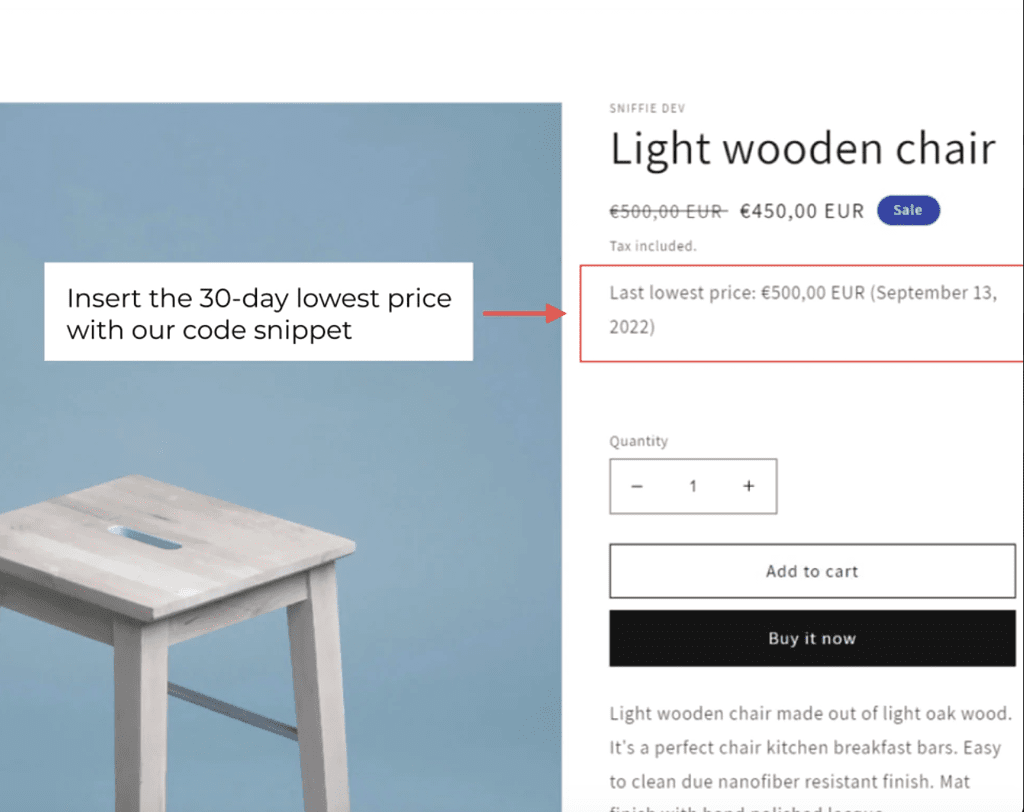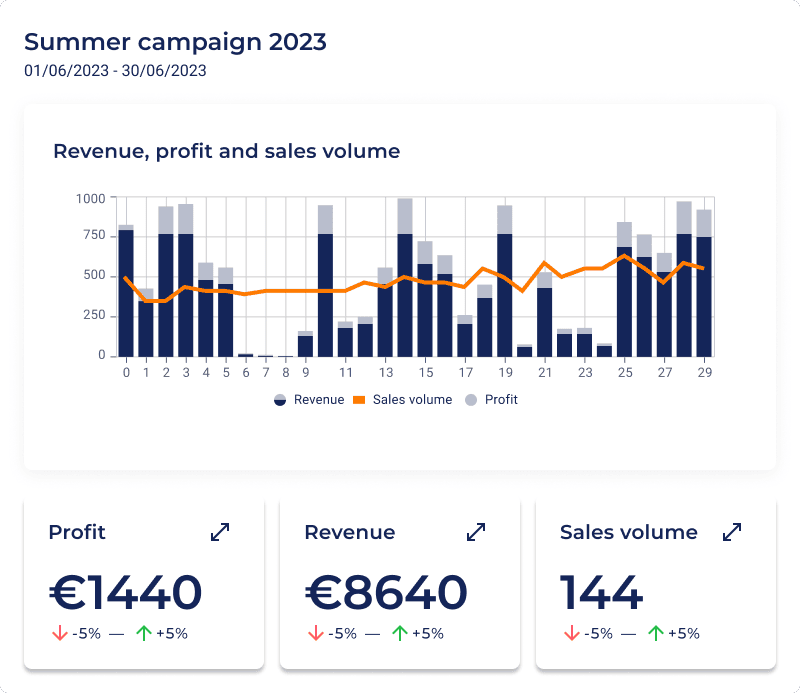Discount pricing is a powerful tool that can help businesses attract new customers, boost sales, and retain loyal clientele. However, to reap the full benefits of discounting, it’s essential to have a well-thought-out strategy in place. In this blog post, we’ll delve into the world of discount pricing and explore how to optimize discount codes using a discount simulator.
Understanding Discount Pricing Strategy
Before we jump into the intricacies of optimizing discount codes, let’s quickly recap the fundamentals of a discount pricing strategy:
1. Know Your Goals: Determine your objectives for offering discounts. Is it to increase sales volume, clear out excess inventory, attract new customers, or reward loyal ones? Having clear goals helps shape your discount strategy and ensures you are not pricing arbitrarily against your company’s overall objectives.
2. Segment Your Audience: Not all customers are the same. Identifying different customer segments and tailoring your discount strategy to meet their specific needs and preferences is crucial. For instance, a discount designed for first-time buyers may differ from one aimed at repeat customers.
3. Set Clear Discount Parameters: Decide on the type of discount you want to offer, whether it’s a percentage off, a fixed amount, or a bundle deal. Define the duration and conditions of the discount, like minimum purchase requirements or specific product categories.
4. Monitor and Analyze: Continuously track the performance of your discount strategy using key performance indicators (KPIs) like conversion rate, average order value, and customer acquisition cost. Regular analysis helps you fine-tune your strategy as market conditions and customer behaviors evolve.
Pricing compliance in the blink of an eye.
Make sure you follow the Omnibus Directive when discounting your products.

The Power of Discount Simulators
Discount simulators are invaluable tools that can help businesses optimize their discount codes by running simulations to predict the potential outcomes of different discount scenarios. Here’s how you can make the most of them:
Analyzing Profit Margins:
Simulating the impact of discounts on your profit margins is a critical aspect of discount pricing strategy. Ensuring that your discounts don’t erode your profitability to an unsustainable level is paramount, especially for small businesses with limited profit margins. Discount simulators allow you to delve deep into the financial implications of your discounting strategy.
Imagine you run a boutique coffee shop with a focus on artisanal coffee. Using a discount simulator, you can model the effects of offering a 20% discount on your coffee beans. While this might attract more customers, it’s essential to assess how it impacts your bottom line. The simulator helps you analyze the resulting profit margin, considering factors like the cost of goods sold, overheads, and fixed costs. It allows you to make informed decisions, ensuring that your discounts strike a balance between attracting customers and maintaining healthy profits.
Identifying Optimal Discount Levels:
Another critical use of discount simulators is to identify the optimal discount levels that maximize both sales and profits. Determining the sweet spot is essential because offering discounts that are too generous can eat into your revenue, while discounts that are too small may not incentivize customers effectively.
For example, consider an e-commerce store specializing in electronics. During a seasonal sale event, they decide to use a discount simulator to experiment with various discount percentages on their best-selling products. The store owner may discover that offering a 15% discount attracts a significantly higher number of customers without severely affecting their profit margins. Through careful simulation, they find the right balance that not only boosts sales but also maintains a healthy level of profitability.
In conclusion, discount simulators provide businesses with a strategic advantage when it comes to optimizing discount codes. By analyzing profit margins and identifying optimal discount levels, you can make data-driven decisions that not only attract customers but also ensure the financial health and sustainability of your business. These tools empower you to fine-tune your discount pricing strategy, turning it into a potent tool for achieving your business objectives.

Price campaigns easier than ever.
Create campaigns in a few clicks, get insights and recommendations for your products.
Implementing Discount Codes Effectively
Now that you understand the benefits of using discount simulators, let’s explore how to implement discount codes effectively (See here how to use discounts effectively on Shopify):
1. Personalization is Key: Leverage data and customer insights to create personalized discount codes. Tailoring offers to individual preferences can significantly improve conversion rates. For example, an e-commerce store might send exclusive 15% off codes for a customer’s favorite product category.
2. Create a Sense of Urgency: Use limited-time offers to create a sense of urgency. This encourages customers to make a purchase sooner rather than later. Flash sales or countdown timers on your website can be effective in this regard.
3. Bundle Deals: Combine related products into bundle deals with a discount. This not only increases the average order value but also provides added value to customers. A tech store can bundle a laptop, accessories, and software at a discounted package price.
4. Loyalty Programs: Implement loyalty programs that reward repeat customers with exclusive discounts. This builds customer loyalty and encourages repeat business. Airlines, for example, offer frequent flyer programs with tiered discounts and perks based on miles flown.
5. A/B Testing: Continuously test different discount code variations to see which ones perform best. Make data-driven decisions to refine your strategy over time. A/B testing can uncover insights about what discount formats and communication channels resonate most with your audience.
Case Study: Using a Discount Simulator
Let’s consider a case study of an online clothing retailer. Using a discount simulator, they discovered that offering a 20% discount on selected items for a limited time yielded the best results. The simulation showed a 25% increase in sales, a 15% boost in average order value, and a minimal impact on profit margins.
By implementing this discount strategy, the retailer not only increased their short-term revenue but also acquired new customers who became repeat buyers, ensuring long-term success. This demonstrates how the careful use of discount simulators can lead to tangible business benefits.
Conclusion
In the world of discount pricing, knowledge is power, and with the right tools and strategies, you can turn discounts into a win-win for both your business and your customers. To summarize, discount pricing strategy, when optimized using discount simulators, can be a game-changer for your business. It allows you to strike a balance between attracting customers, increasing sales, and maintaining profitability. Remember that discounting should be a carefully planned and data-driven endeavor to ensure you achieve your business goals effectively. So, harness the power of discount simulators, experiment, and refine your discount codes to drive success in your business.


